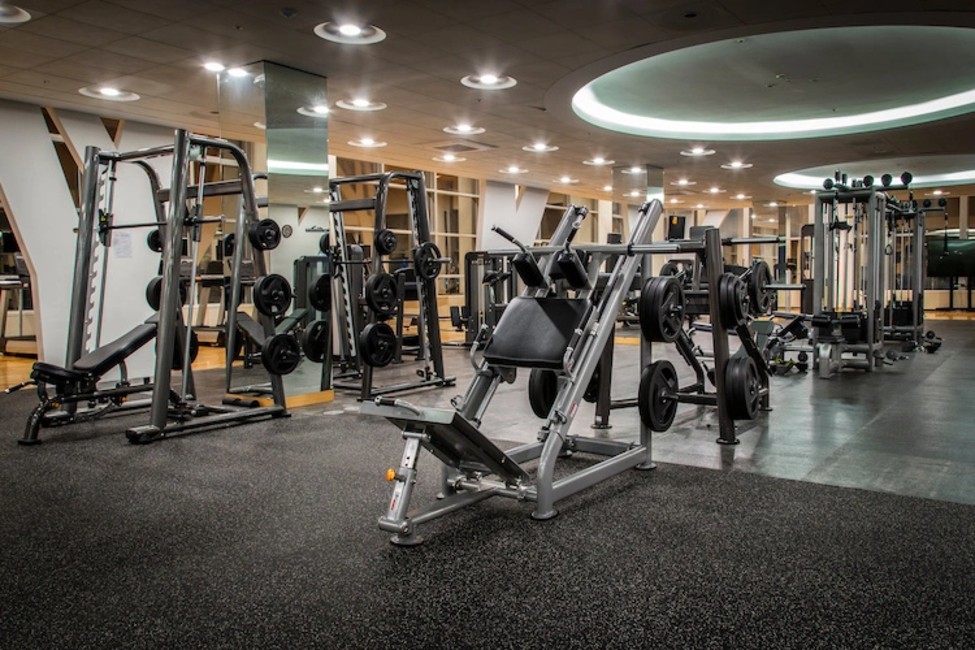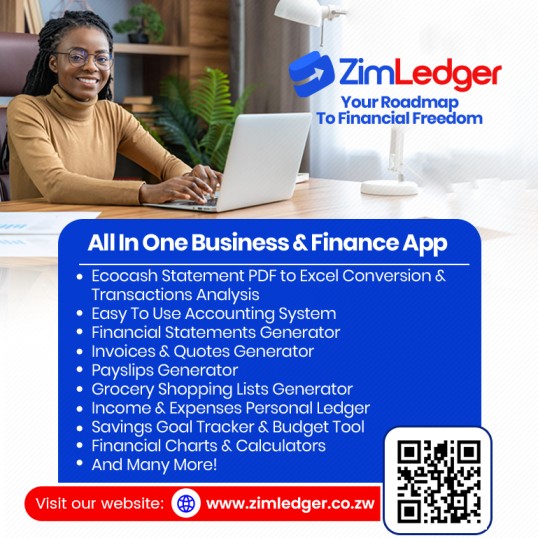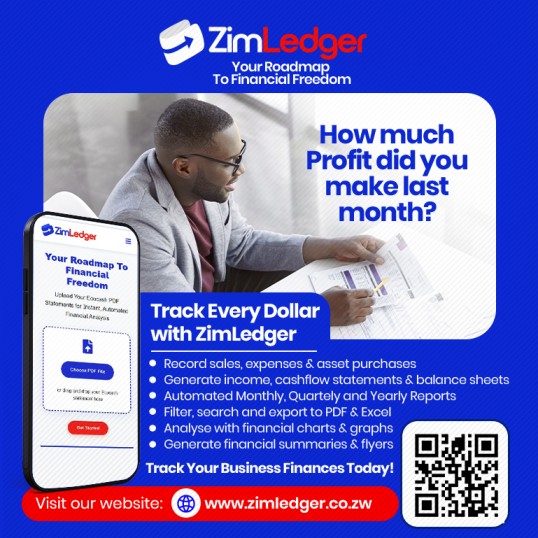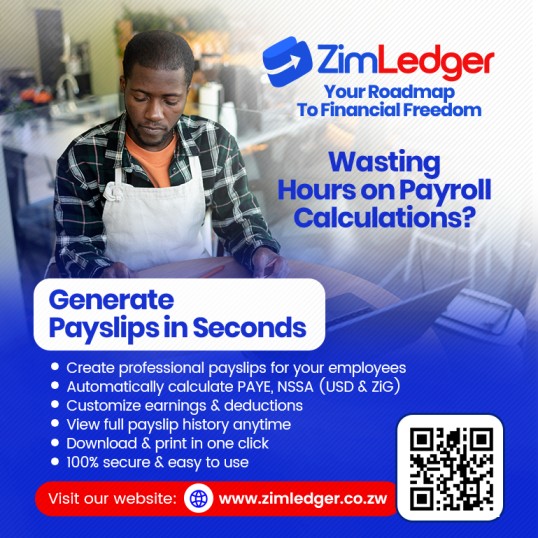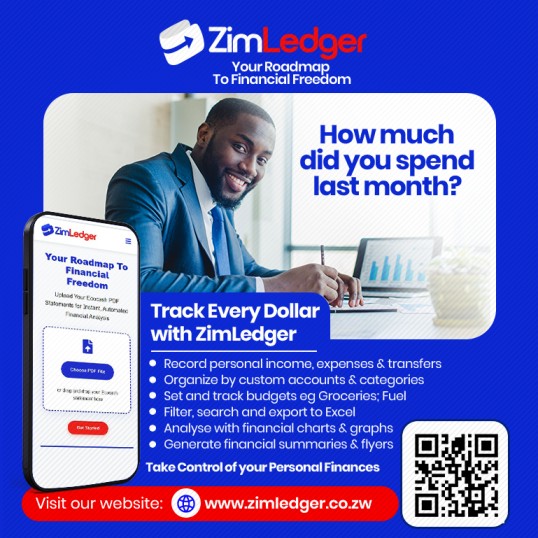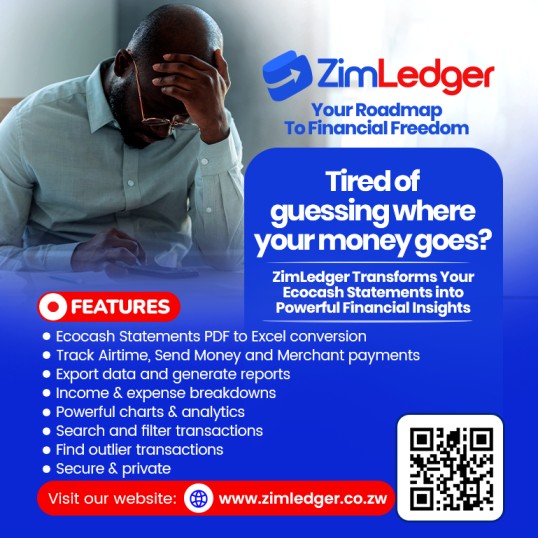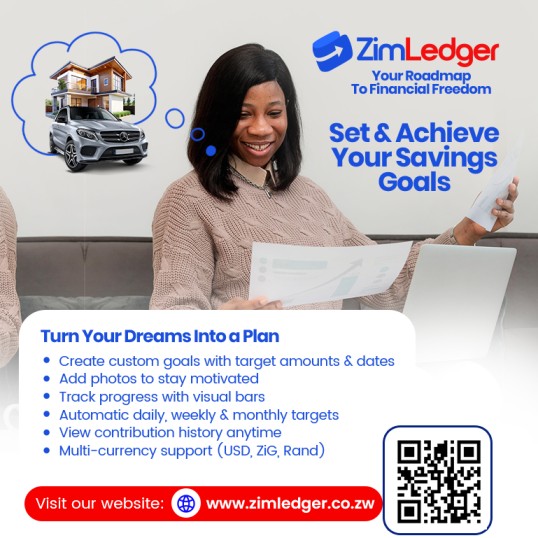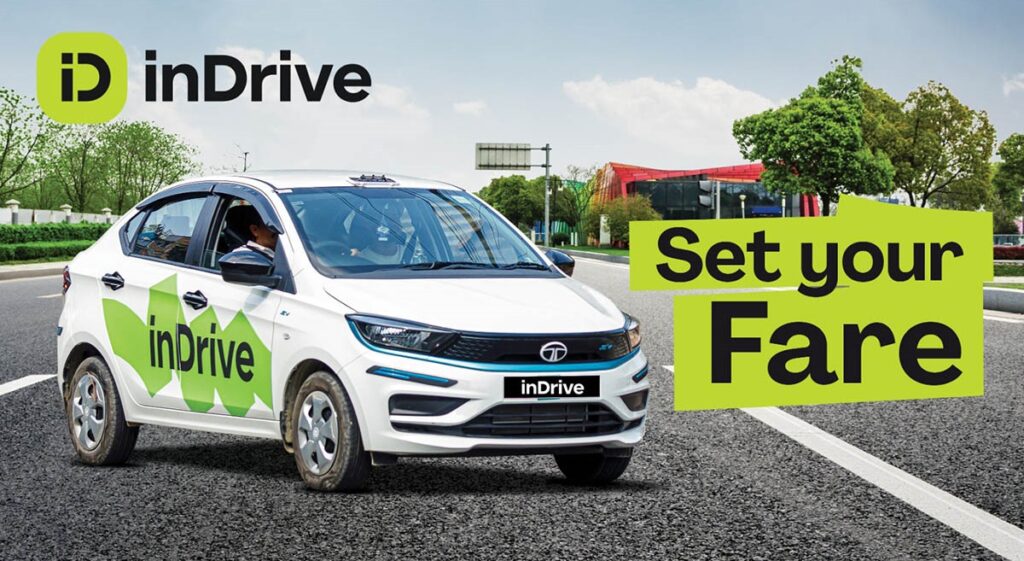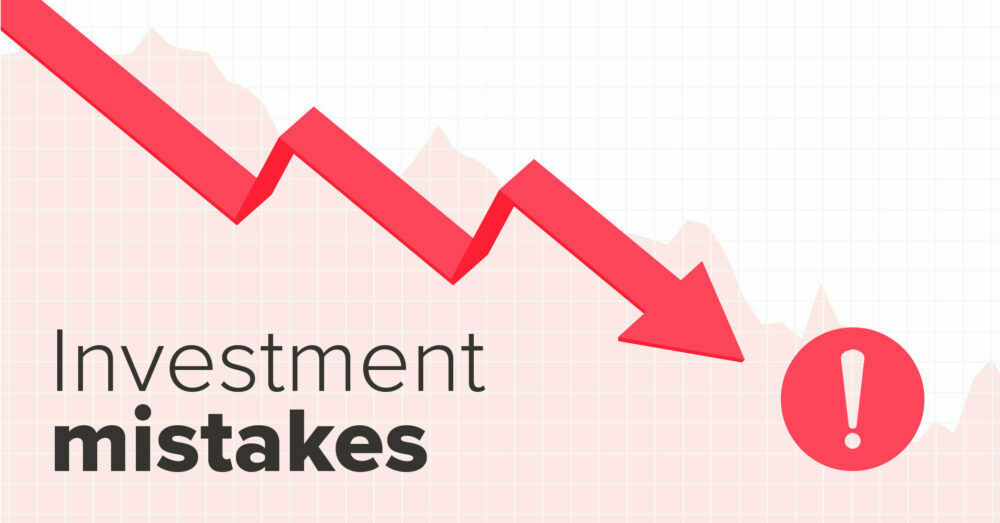Executive Summary
The fitness industry in Zimbabwe presents a significant opportunity for entrepreneurs willing to invest in the growing health and wellness sector. This comprehensive guide provides detailed insights into establishing a successful gym business, from initial capital requirements to long-term profitability strategies.
Whether you are starting with a modest budget of US$5,000 for a basic community gym or investing US$40,000 for a fully equipped mid-tier facility, this guide will walk you through every aspect of the business, including location selection, equipment sourcing, operational costs, revenue projections, and growth strategies.
Understanding the Zimbabwe Gym Market
The fitness industry in Zimbabwe has experienced steady growth, particularly in urban areas like Harare, Bulawayo, and Gweru. Several factors contribute to this growth:
Rising Health Consciousness: More Zimbabweans are becoming aware of the importance of physical fitness and its connection to overall health and well-being.
Growing Middle Class: Despite economic challenges, there is a segment of the population with disposable income willing to invest in fitness memberships.
Corporate Wellness Trends: Companies are increasingly recognizing the importance of employee wellness programs, creating opportunities for gym partnerships.
Social Media Influence: The rise of fitness influencers and health content on social platforms has inspired more people to join gyms.
However, the market also presents challenges including economic volatility, power supply issues, and competition from established players. Success requires careful planning, strategic positioning, and exceptional customer service.
Investment Tiers: Choosing Your Startup Model
Budget Option: US$5,000 Basic Community Gym
This entry-level model is ideal for entrepreneurs with limited capital or those testing the market in high-density areas. Here is what this investment covers:
Equipment: Second-hand or basic new equipment including essential free weights, a few cardio machines, and basic strength training apparatus.
Location: Large indoor hall rental in high-density areas where rent ranges from US$200-500 monthly.
Setup: Minimal renovations, basic flooring, simple storage for equipment.
Limitations: No showers, changing rooms, reception area, or specialized amenities. Limited equipment variety may restrict member growth and retention.
Target Market: Budget-conscious community members, students, and residents in high-density areas who prioritize affordability over luxury amenities.
Mid-Tier Investment: US$40,000 Professional Gym
This investment level allows for a competitive, well-equipped facility that can attract a broader customer base and command higher membership fees.
Comprehensive Equipment Package: Modern cardio and strength training equipment worth US$25,000-50,000.
Professional Facilities: Changing rooms, showers, reception area, and proper gym flooring.
Prime Location: Medium to low-density areas or CBD locations with higher foot traffic and better accessibility.
Growth Potential: This model provides the foundation for expansion and additional revenue streams.
Detailed Location Analysis and Strategy
High-Density Areas
Advantages:
- Lower rental costs (US$200-500 monthly)
- Large potential customer base
- Community-focused atmosphere
- Lower competition from premium gyms
Challenges:
- Price-sensitive customers
- Limited parking availability
- Infrastructure limitations
- Lower average membership fees
Success Strategy: Focus on affordability, community building, and basic but reliable equipment. Emphasize value for money and convenience.
Medium to Low-Density Areas
Advantages:
- Higher-income potential customers
- Better infrastructure
- Parking availability
- Premium pricing opportunities
Challenges:
- Higher rental costs (US$700-2,000 monthly)
- More established competition
- Higher customer expectations
- Greater initial investment required
Success Strategy: Emphasize quality, variety of equipment, professional service, and additional amenities to justify higher membership fees.
Central Business District (CBD)
Advantages:
- High foot traffic
- Corporate clientele
- Premium pricing potential
- Excellent accessibility
Challenges:
- Highest rental costs
- Intense competition
- Parking limitations
- Peak hour congestion
Success Strategy: Target working professionals, offer flexible hours, corporate packages, and emphasize convenience and time efficiency.
Comprehensive Equipment Guide
Cardio Equipment (US$8,000-12,000)
Treadmills (2-3 units): Essential for running and walking workouts. Commercial-grade treadmills with various incline settings and pre-programmed workouts.
Elliptical Machines (2 units): Low-impact cardio option popular with all age groups.
Stationary Bikes (2-3 units): Including both upright and recumbent styles for variety.
Rowing Machines (1-2 units): Full-body cardio workout equipment.
Stair Climbers (1 unit): Intensive cardio training for serious fitness enthusiasts.
Assault Bikes (1 unit): High-intensity interval training equipment.
Strength Training Equipment (US$10,000-15,000)
Multi-Station Machines: All-in-one units that provide multiple exercise options in compact space.
Leg Press Machine: Essential for lower body strength training.
Chest Press Machine: Safer alternative to free weight bench pressing for beginners.
Shoulder Press Machine: Targeted shoulder development equipment.
Lat Pulldown Machine: Back muscle development apparatus.
Leg Curl and Extension Machines: Isolated leg muscle training equipment.
Smith Machine: Guided barbell system for safe heavy lifting.
Cable Crossover Machine: Versatile equipment for multiple muscle group exercises.
Free Weights and Accessories (US$5,000-8,000)
Dumbbell Set: Complete range from 2.5kg to 50kg with proper storage rack.
Barbells and Weight Plates: Olympic standard bars with plates ranging from 2.5kg to 25kg.
Adjustable Benches: Multiple angle positions for various exercises.
Power Rack: Safe environment for heavy compound movements.
Kettlebells: Range of weights for functional training.
Resistance Bands: Portable and versatile training tools.
Medicine Balls and Slam Balls: Functional training equipment.
Functional Training Area (US$2,000-3,000)
Pull-up and Dip Stations: Body weight exercise equipment.
Battle Ropes: High-intensity functional training tools.
Plyometric Boxes: Various heights for jumping and agility training.
Stability Balls: Core strengthening and balance training.
Ab Rollers: Targeted abdominal muscle development.
Speed and Agility Ladders: Athletic performance training tools.
Suspension Trainers: Body weight resistance systems.
Equipment Sourcing Strategies
Local Purchasing in Zimbabwe
Advantages:
- No import duties or shipping costs
- Immediate availability
- Local warranty and support
- Support local businesses
Disadvantages:
- Limited variety and options
- Higher prices compared to imports
- Potentially outdated models
- Limited supplier base
Best Use Cases: When quick setup is required, for replacement parts, or when supporting local suppliers is a priority.
South African Suppliers
Advantages:
- Better variety than local options
- Competitive pricing
- Established fitness equipment market
- Easier logistics than Asian imports
Disadvantages:
- Import duties and shipping costs
- Currency exchange considerations
- Longer delivery times than local options
Best Use Cases: Mid-range equipment purchases when balancing cost and quality.
Chinese Manufacturers (Recommended for Large Orders)
Advantages:
- Most cost-effective option
- Vast selection of equipment types
- Customization options available
- Direct manufacturer relationships
Disadvantages:
- Longer shipping times (6-8 weeks by sea)
- Quality verification challenges
- Language and communication barriers
- Complex import procedures
Success Tips:
- Use reputable platforms like Alibaba with verified suppliers
- Request samples before large orders
- Verify manufacturer certifications and standards
- Factor in shipping costs, duties, and local assembly requirements
- Work with experienced shipping companies familiar with Zimbabwe imports
Facility Setup and Amenities
Essential Infrastructure (US$5,000)
Changing Rooms and Lockers:
- Separate facilities for men and women
- Secure locker systems with key or combination locks
- Adequate ventilation and lighting
- Bench seating for convenience
Shower Facilities:
- Hot water systems with reliable supply
- Non-slip flooring and proper drainage
- Privacy partitions and ventilation
- Towel and toiletry dispensers
Reception Area:
- Professional desk and seating area
- Computer system for member management
- Display area for promotions and announcements
- Comfortable waiting area for guests
Flooring and Safety:
- Rubber gym flooring for free weight areas
- Non-slip surfaces in high-traffic zones
- Proper ventilation and climate control
- Emergency exits and safety equipment
Technology Integration
Member Management System:
- Digital check-in system
- Membership tracking and billing
- Class scheduling capabilities
- Mobile app integration options
Security Systems:
- CCTV coverage for safety and equipment protection
- Access control systems
- Alarm systems for after-hours security
Audio-Visual Setup:
- Sound system for background music and classes
- Television screens for entertainment
- Wi-Fi connectivity for member convenience
Legal Requirements and Licensing
Company Registration
Business Registration: Register your gym as a private limited company or sole proprietorship with the Registrar of Companies.
Tax Registration: Obtain a tax clearance certificate and register for VAT if applicable.
Employment Regulations: Comply with labor laws regarding employee contracts, minimum wages, and working conditions.
Operational Licenses
Business License: Obtain a general business operating license from local authorities.
Health Department Permits: Ensure compliance with health and safety regulations, particularly for shower and changing facilities.
Fire Department Clearance: Safety inspection and clearance for emergency procedures.
Zoning Compliance: Verify that your chosen location is zoned for commercial gym operations.
Insurance and Liability
Public Liability Insurance: Protection against member injuries and accidents.
Equipment Insurance: Coverage for expensive gym equipment against theft and damage.
Professional Indemnity: Protection for fitness instruction and personal training services.
Staffing Strategy and Management
Core Staff Requirements
Gym Instructors (3 positions at US$400 each):
- Certified fitness professionals with relevant qualifications
- Experience in equipment operation and safety procedures
- Ability to provide basic fitness guidance and equipment orientation
- Customer service skills and professional appearance
- Flexible scheduling to cover peak hours and different shifts
Receptionist (US$300):
- Professional appearance and excellent customer service skills
- Computer literacy for member management systems
- Sales ability for membership sign-ups and renewals
- Multi-tasking capability to handle inquiries, payments, and administrative tasks
- Basic knowledge of gym operations and policies
Cleaner (US$150):
- Maintaining hygiene standards throughout the facility
- Equipment sanitization and maintenance
- Restroom and changing room cleanliness
- General facility maintenance and organization
Staff Development and Training
Initial Training Program:
- Equipment operation and safety procedures
- Emergency response and first aid certification
- Customer service excellence standards
- Sales techniques and membership retention strategies
Ongoing Development:
- Regular workshops on new fitness trends and techniques
- Customer service improvement programs
- Safety updates and equipment training
- Professional certification support and advancement opportunities
Performance Management
Key Performance Indicators:
- Member satisfaction scores and feedback
- Equipment maintenance and safety compliance
- Sales targets for memberships and additional services
- Facility cleanliness and organization standards
Incentive Programs:
- Commission structures for membership sales
- Performance bonuses for exceptional service
- Professional development opportunities
- Recognition programs for outstanding staff members
Revenue Diversification Strategies
Additional Service Offerings
Personal Training Services:
- One-on-one sessions: US$25-35 per hour
- Small group training: US$15-20 per person
- Specialized programs: US$40-50 per session
- Monthly training packages with discounts
Group Fitness Classes:
- Yoga and Pilates: US$10 per class
- Zumba and Aerobics: US$8 per class
- CrossFit and HIIT: US$12 per class
- Monthly unlimited class packages: US$40-60
Nutritional Services:
- Meal planning consultations: US$30-50 per session
- Nutritional supplement sales: 20-40% markup
- Healthy meal prep partnerships
- Weight loss and body composition programs
Retail Opportunities
Gym Merchandise:
- Branded apparel and accessories
- Water bottles and fitness accessories
- Workout supplements and protein products
- Fitness equipment for home use
Healthy Food and Beverages:
- Protein shakes and smoothies
- Healthy snacks and meal replacements
- Energy drinks and sports beverages
- Partnership with local healthy food vendors
Corporate and Partnership Programs
Corporate Wellness Packages:
- Bulk membership discounts for company employees
- On-site fitness assessments and consultations
- Corporate fitness challenges and competitions
- Employee wellness seminars and workshops
Educational Institution Partnerships:
- Student membership discounts
- Internship programs for fitness students
- University sports team training partnerships
- Health and wellness educational programs
Financial Projections and Analysis
Startup Capital Breakdown (US$40,000)
With a startup capital of US$40,000, you can establish a well-equipped mid-tier gym in Harare. Here is how the investment breaks down:
Equipment: US$25,000 – 30,000 Amenities and Facilities: US$5,000 (changing rooms, lockers, showers, reception area, IT systems, and branding setup) Licensing and Registrations: US$750 (company registration, tax registration, gym licence, and compliance inspections) Working Capital: US$5,000 (reserve for the first three months of operations)
Monthly Operational Costs
Rent: US$1,000
Salaries:
- 3 Gym Instructors at US$400 each = US$1,200
- Receptionist = US$300
- Cleaner = US$150
- Total Salaries = US$1,650
Marketing: US$400 Utilities (electricity, water, internet): US$500 Equipment maintenance and consumables: US$300 Miscellaneous: US$250
Total Monthly Operating Costs: US$4,100
Revenue Projections
Membership fees in Harare average between US$30 and US$100 per month. Assuming mid-range pricing of US$50/month per member, with an average of 120 paying members per month:
Monthly Revenue = 120 members × US$50 = US$6,000/month
Profitability Projections
Monthly Profit: Revenue – Costs = US$6,000 – US$4,100 = US$1,900/month
Annual Net Profit: US$1,900 × 12 = US$22,800
Marketing and Customer Acquisition
Digital Marketing Strategy
Social Media Marketing:
- Facebook and Instagram advertising targeting local fitness enthusiasts
- Before and after transformation showcases with member consent
- Live workout sessions and fitness tips content
- Community challenges and member spotlights
Content Marketing:
- YouTube channel with workout tutorials and gym tours
- TikTok content featuring quick fitness tips and equipment demonstrations
- Blog content about fitness, nutrition, and health topics
- Email newsletters with workout plans and gym updates
Search Engine Optimization:
- Google My Business optimization for local searches
- Website with class schedules, membership information, and online sign-up
- Local directory listings and review management
- Search advertising for fitness-related keywords
Traditional Marketing Approaches
Community Engagement:
- Free fitness assessments and trial memberships
- Participation in local health and wellness events
- Sponsorship of community sports teams and events
- Partnerships with local healthcare providers
Referral Programs:
- Member referral incentives and rewards
- Corporate partnership development
- Trainer and instructor referral networks
- Cross-promotion with complementary businesses
Grand Opening and Launch Strategy
Pre-Launch Marketing (2 months before opening):
- Social media teasers and construction updates
- Early bird membership pre-sales with discounts
- Local media coverage and press releases
- Influencer partnerships and endorsements
Grand Opening Event:
- Free trial week for community members
- Fitness demonstrations and mini-classes
- Health screenings and consultations
- Promotional membership rates and packages
Operational Excellence and Management
Daily Operations Management
Opening and Closing Procedures:
- Equipment safety checks and maintenance
- Facility cleanliness and sanitization protocols
- Cash handling and deposit procedures
- Security system activation and monitoring
Peak Hour Management:
- Staff scheduling to match member traffic patterns
- Equipment rotation and availability monitoring
- Class schedule optimization
- Member flow management to prevent overcrowding
Member Service Standards:
- Friendly greeting and check-in procedures
- Equipment orientation for new members
- Prompt response to member questions and concerns
- Proactive maintenance and cleanliness standards
Quality Control and Safety
Equipment Maintenance Program:
- Daily visual inspections and basic maintenance
- Weekly deep cleaning and lubrication schedules
- Monthly professional maintenance assessments
- Annual equipment replacement and upgrade planning
Safety Protocols:
- Emergency response procedures and first aid availability
- Equipment usage guidelines and safety signage
- Incident reporting and documentation systems
- Regular safety training for all staff members
Member Safety and Satisfaction:
- New member orientation programs
- Equipment usage instruction and supervision
- Feedback collection and response systems
- Conflict resolution and member retention strategies
Technology Integration and Innovation
Member Management Systems
Software Selection Criteria:
- Membership tracking and billing automation
- Class scheduling and booking capabilities
- Payment processing and financial reporting
- Mobile app integration and member portal access
Recommended Features:
- Contactless check-in systems
- Automated billing and renewal reminders
- Member communication and notification systems
- Performance tracking and goal-setting tools
Future Technology Considerations
Emerging Fitness Technology:
- Wearable device integration and tracking
- Virtual reality fitness experiences
- AI-powered personal training applications
- Smart equipment with performance monitoring
Facility Automation:
- Smart lighting and climate control systems
- Automated access control and security monitoring
- Equipment usage tracking and optimization
- Energy efficiency monitoring and management
Challenges and Risk Management
Common Business Challenges
High Competition:
- Differentiation through specialized services and superior customer experience
- Competitive pricing strategies without compromising quality
- Unique selling propositions and niche market targeting
- Continuous innovation and service improvement
Economic Volatility:
- Flexible pricing structures and payment options
- Cost management and efficiency improvements
- Diversified revenue streams to reduce dependency
- Emergency fund maintenance for economic downturns
Seasonal Fluctuations:
- Holiday and special event promotions
- Corporate wellness program expansion during slow periods
- Seasonal fitness programs and challenges
- Maintenance and renovation scheduling during low-traffic periods
Infrastructure and Operational Risks
Power Supply Issues:
- Backup generator installation for uninterrupted operations
- Solar power systems for sustainable energy solutions
- UPS systems for critical equipment and computers
- Energy-efficient equipment selection to reduce consumption
Equipment Maintenance and Replacement:
- Preventive maintenance programs to extend equipment life
- Equipment warranty and service contract negotiations
- Replacement fund accumulation for major equipment upgrades
- Relationships with reliable local maintenance providers
Staff Management Challenges:
- Competitive compensation packages to retain quality staff
- Professional development opportunities and career advancement
- Performance-based incentive systems
- Clear policies and procedures for consistent service delivery
Growth and Expansion Opportunities
Scaling Strategies
Multi-Location Expansion:
- Franchise model development for rapid expansion
- Strategic location selection in underserved areas
- Standardized operations and quality control systems
- Centralized management and support systems
Service Diversification:
- Specialized fitness programs for different demographics
- Rehabilitation and physical therapy services
- Wellness and spa service integration
- Sports performance training for athletes
Long-Term Investment Returns
Financial Growth Projections:
Year 2 Projections:
- Member base growth to 150-180 active members
- Average monthly revenue: US$7,500-9,000
- Annual net profit: US$35,000-45,000
- ROI: 87.5-112.5%
Year 3 and Beyond:
- Potential for second location or major expansion
- Premium service offerings and higher-margin revenue streams
- Corporate partnership development and bulk contracts
- Franchise or licensing opportunities for accelerated growth
Exit Strategies and Valuation
Business Valuation Factors:
- Monthly recurring revenue multiples (typically 3-5x annual revenue)
- Equipment and facility asset valuations
- Member base size and retention rates
- Brand recognition and market position strength
Exit Options:
- Sale to existing gym chains or fitness companies
- Management buyout or staff acquisition
- Franchise conversion and ongoing royalty income
- Strategic merger with complementary businesses
Gym Business Plan
A comprehensive business plan is essential for securing funding, guiding operations, and measuring success. Here is a structured approach to developing your gym business plan:
Executive Summary
- Business concept and mission statement
- Target market and competitive advantages
- Financial projections and funding requirements
- Growth strategy and expansion plans
Market Analysis
- Industry overview and growth trends
- Target demographic analysis
- Competitive landscape assessment
- Market size and opportunity evaluation
Business Description
- Legal structure and ownership
- Location analysis and lease agreements
- Facility specifications and layout plans
- Equipment inventory and sourcing strategy
Organization and Management
- Organizational structure and key personnel
- Staff roles and responsibilities
- Management team qualifications
- Advisory board or consultant arrangements
Marketing and Sales Strategy
- Brand positioning and unique selling propositions
- Target customer segments and personas
- Marketing channels and promotional activities
- Pricing strategy and membership packages
Operational Plan
- Daily operations and workflow procedures
- Facility management and maintenance protocols
- Technology systems and member management
- Safety procedures and emergency protocols
Financial Projections
- Startup costs and funding requirements
- Revenue projections and membership growth
- Operating expenses and cost structure
- Break-even analysis and profitability timeline
- Cash flow projections for first three years
Risk Analysis
- Potential challenges and mitigation strategies
- Insurance requirements and liability coverage
- Economic factors and contingency planning
- Competition response strategies
Growth and Expansion Plans
- Scalability opportunities and timeline
- Additional revenue streams development
- Potential partnerships and collaborations
- Exit strategy considerations
Conclusion and Action Plan
Starting a gym business in Zimbabwe requires careful planning, adequate capital, and commitment to excellence in customer service. The fitness industry offers significant opportunities for entrepreneurs who can differentiate themselves through quality equipment, professional service, and community engagement.
Key Success Factors:
- Adequate Capital Planning: Ensure sufficient startup capital and working capital reserves
- Strategic Location Selection: Choose locations that match your target market and budget
- Quality Equipment Investment: Balance cost and quality for long-term sustainability
- Professional Staff Management: Invest in training and retention of quality personnel
- Effective Marketing: Utilize both digital and traditional marketing approaches
- Community Focus: Build a welcoming and inclusive environment for all fitness levels
- Continuous Innovation: Stay current with fitness trends and member expectations
Immediate Action Steps:
- Conduct thorough market research in your chosen location
- Secure initial funding and create detailed financial projections
- Identify and visit potential facility locations
- Begin supplier research and equipment price comparisons
- Develop business plan and prepare for licensing requirements
- Create marketing strategy and brand identity
- Plan staffing requirements and begin recruitment process
With proper planning, adequate investment, and commitment to excellence, a gym business in Zimbabwe can provide substantial returns while contributing to community health and wellness. The key is to start with a clear vision, maintain focus on customer satisfaction, and continuously adapt to market needs and opportunities.
The fitness industry will continue to grow as more Zimbabweans prioritize health and wellness. By positioning your gym as a professional, welcoming, and results-oriented facility, you can build a successful and sustainable business that serves your community while generating strong financial returns.
Supplier Directory and Contact Information
Directory Disclaimer: The supplier contact details provided in this guide are for informational purposes only. ZimLedger does not have any affiliation with these suppliers, nor do we endorse or guarantee the quality, pricing, or reliability of their products and services. It is the responsibility of the reader to conduct due diligence before engaging with any supplier, including verifying their credentials, pricing, and compliance with relevant regulations.
Equipment Suppliers
Hempac Sport : +263784712881, 40 Somerset Avenue, Eastlea, Harare, Harare
First World Gym and Furniture: +263 77 864 9907, +263 77 593 2831, SHOP 189 Longcheng Plaza Mall (Behind Chicken Slice Upstairs), Harare
DEB Fit : +263786341549, 2nd Street & George Silundika, Shop FG-03 Vivian & Watson Building (Masaki Mall), Harare.
Master camp Zimbabwe : +263783588739
Adriel : +263773 887 199
Gym market: +26378 519 5044
China to Zimbabwe Shipping Companies
Inov Cargo : +86 136 3146 4717; +26377 324 6275, Harare Showground stand 163C 3rd street, Harare
Beyond Borders Logistics : +263 713 635 848, +263 781 166 611, The Block, Bay 7, 529 Pomona Business Park, Borrowdale Brook, Harare
LC Shipping : +263 778 100 324, +263 772 784 477, 5 Mutley Bend, Belvedere, Harare
Macrotop : +263710 939 898, +263 024 2746198, 16 Renfrew Road, Eastlea, Harare
Asia Direct : +27 10 448 0733
ZimLedger
ZimLedger is the all in one business and finance platform for Zimbabwe. It generates quotes, invoices, payslips and financial statements, manages business ledgers, tracks income and expenses, and builds shopping lists. ZimLedger offers a simple yet powerful solution tailored to local needs. Whether you are budgeting in ZiG or USD, managing business accounts, converting Ecocash statements, or tracking household expenses, ZimLedger empowers you to stay organised, make informed financial decisions, and grow your wealth—right from your phone or computer.

